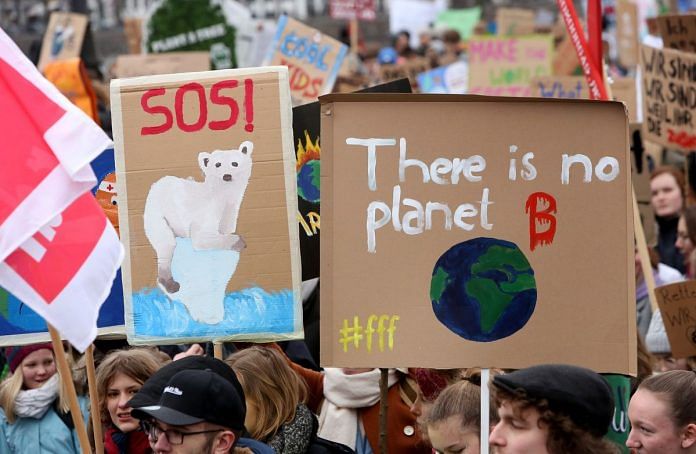When the findings of a landmark UN report on biodiversity came out last week, the headlines ran the gamut from depressing to apocalyptic. One million species face extinction, readers were told. Almost a third of the world’s reef-forming coral species, more than a third of its marine mammals, and 40 percent of its amphibian species could die out. And that’s just the number of species. Some 70 percent of all coral reefs could be affected by mass bleaching induced by climate change — in a scenario that isn’t even the worst case.
These grim findings were all important and worthy of attention, of course. But amid the gloom, a major point of the report went largely unnoticed: It doesn’t have to be this way.
Take agriculture, for example. Current farming practices have caused land degradation and species decline, which in turn threaten the crops themselves. Problems with bees and other pollinators alone put roughly $600 billion in global crop output at risk, the report notes. Cultivating just a few varieties of crops and animals in mass quantities has led to a decline in genetic diversity, which in turn makes crops more vulnerable to disease and climate change. If nothing changes, more species will disappear — and a lot more people could be going hungry.
And yet, the same report offered a host of ideas to keep this from becoming reality. Farmers can grow a wider array of crops, adopt practices that enhance soil quality, and change how they deal with pests. Shoppers can support local farms, cut back on meat, and eat healthier diets. Regulators can support food-labeling efforts; industry and NGOs can promote sustainability-certification schemes. And developed countries can take a hard look at the $100 billion in agricultural subsidies they hand out each year.
Or consider the oceans. Overfishing and pollution are rife, the report says. If current trends hold, the total mass of fish in the sea could fall by as much as 25 percent by midcentury, endangering a major source of protein for the developing world. Marine animals already have enough problems: Plastic pollution in the ocean has risen 40 percent since 1980, affecting more than two-thirds of all sea turtles and nearly half of marine birds.
Also read: A shocking new report reveals 1 million plants & animals will disappear in a few decades
Here, too, scientists offer solutions. Countries can set aside new undersea nature reserves and expand existing ones — an effort that has already seen some success. They can fight overfishing by curbing subsidies. States and local governments can take steps to reduce plastic waste. Corporate social responsibility programs and transparency initiatives also have a role.
Those are just a few of the scientists’ suggestions. Taking action can make a difference, and already has. Lost amid the headlines, the report had some good news: Nearly 8 percent of the world’s ocean is now protected from overfishing and exploitation, an eleven-fold increase since 2000. Conservation efforts in 109 countries lowered the extinction risk for birds and mammals by 30 percent. More than 100 species of bird have been saved thanks to careful human intervention in island ecosystems. The successes are too few, and easy to overlook, but they point to what can be done.
The challenges are immense, which makes giving in to despair all the more tempting — and unacceptable. The science shows that a better world is possible. And a new generation of environmental activists serves as an example for their elders. The enemy isn’t humanity; it’s hopelessness.
Also read: Human-caused climate change causes first extinction of a mammal






